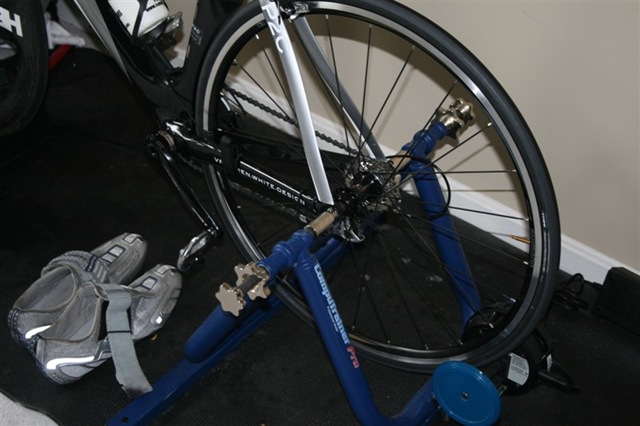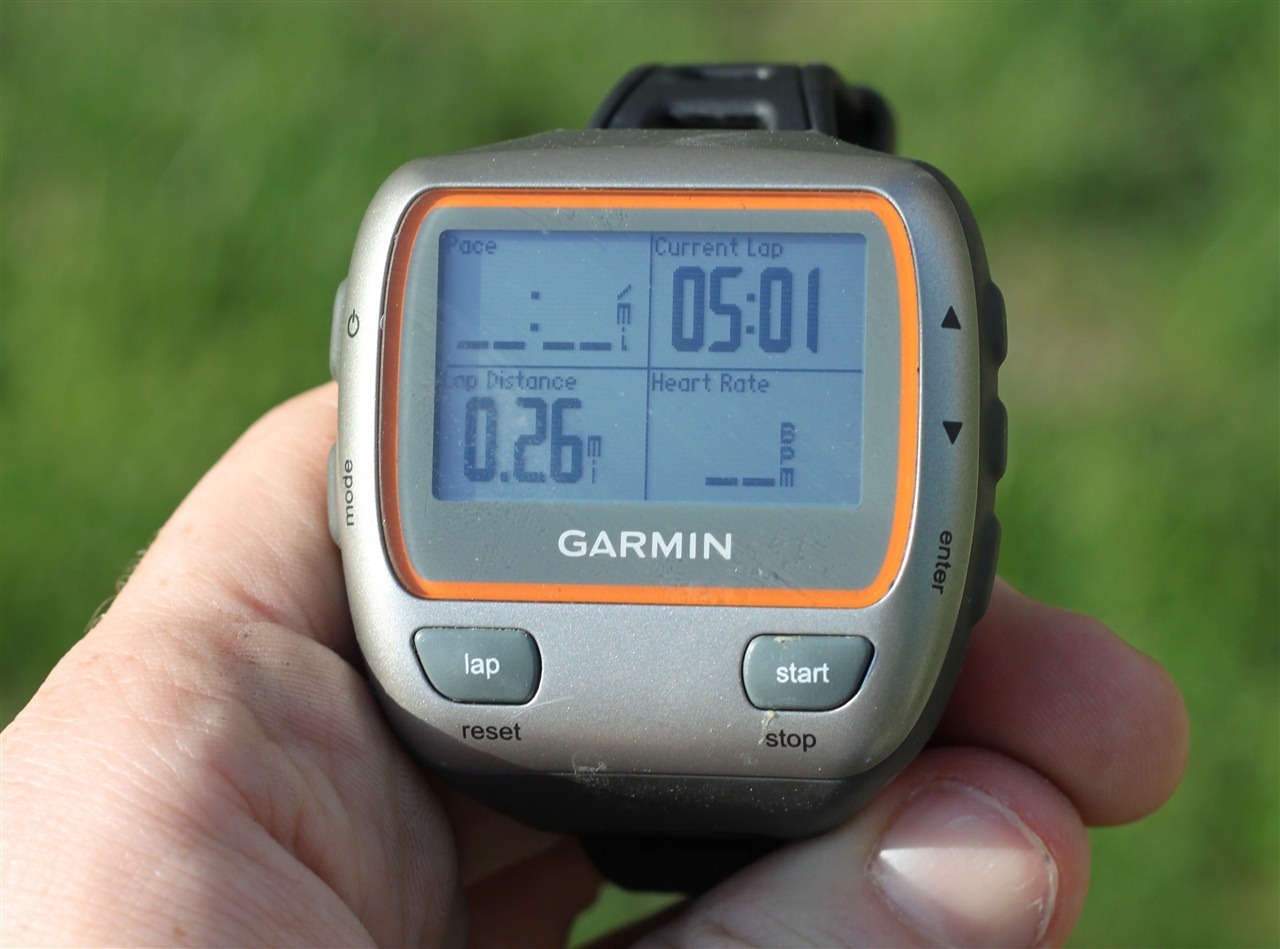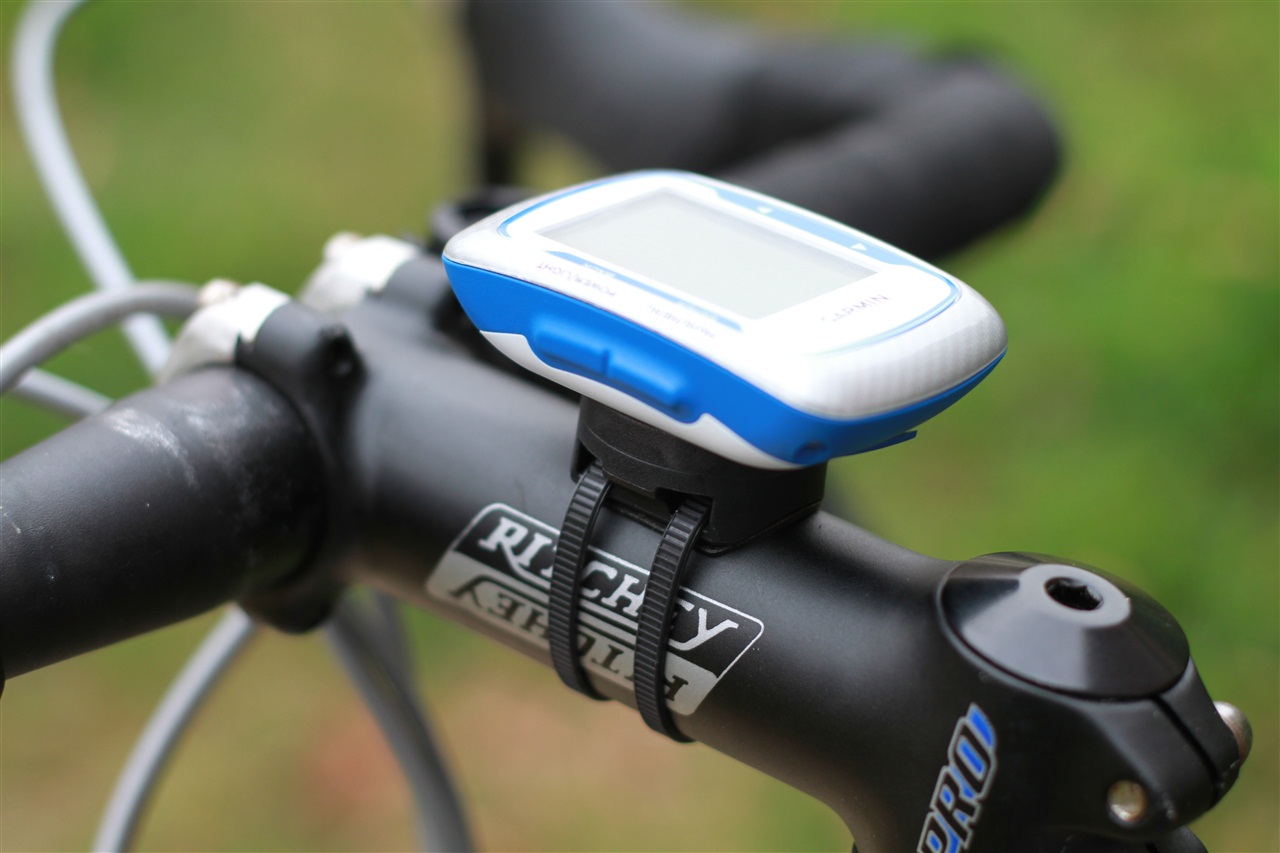Ray’s Weekly Sports Electronics Mailbag
Hello, welcome to the Weekly Mailbag. I'm Ray, from DCRainmaker. com. If you've ever searched for reviews on sports technology – you've probably come across my site. I write about my triathlon/running training in general, along with sports technology and whatever else seems interesting to me. I started the Weekly Mailbag series earlier this spring as an opportunity to share some of the answers of the many e-mailed questions I get each week.
The mailbag has moved though – from my little place on the web, over here to Slowtwitch. So if you enjoy what you find here, then feel free to click the links to find even more in depth information on each topic. And if you have any questions, you can always e-mail me directly. Thanks for reading!
This week's mailbag covers the following topics:
1) CompuTrainer and Tires
2) ANT+ Gym Equipment
3) 'Main 1 & 2' Data Pages on Garmin units
–
Question #1: CompuTrainer and tires
From Caspar
"In a lot of pictures, first of your living room and now of your new CompuTrainer room, we always see your bike on the trainer. Do you leave it on there between workouts on different days or do you take it out? Do you ease the tension on the wheel or not? Any negative impact on the tires?"

Hi Caspar. During my normal training season, I typically do between 3 and 4 trainer workouts a week, plus my long outdoor ride. Basically, all of my rides except my long ride are done on the trainer – winter or
summer. Given that, I choose to simply leave the bike on the trainer from pretty much Sunday night until Sunday morning.
Some folks will invest in a separate trainer wheel, or even go as far as invest in a separate trainer tire that they swap out back and forth between each ride. Both of which, to me, seem either expensive – or overkill. A trainer tire cost just as much as a normal everyday tire in most cases. While it is true that a trainer tire will typically produce less 'tire dust' over time, I find that comparison highly dependent on the tread on your regular tire. Some produce more of a mess, and some produce less of a mess.
If you're training for a longer distance even, you're going to be putting a fair bit of wear on your tires anyways. And on a bike, your tires are generally fairly cheap in comparison to everything else. So for me, I rather simply replace the tires once every year or so – than deal with the hassles of swapping tires/tubes/wheels during the week.
As for releasing the tension… I don't generally bother either. I know in the manual it says to, but I haven't seen any ill effects after three years of CompuTrainer use virtually year round. The reason I don't release the tension isn't so much laziness though as it is efficiency. See, if you don't release the tension, then your calibration setting will be almost identical each time you ride if you inflate your tires up to exactly the same pressure each time (which I do). This means that when I go to calibrate the CT after the warm-up (while sitting on the bike), I can do so fully from the handlebar unit and avoid having to get off the bike and adjust the tension to get it right.
Question #2: ANT+ Gym Equipment
From Jack-
"Besides the ones listed on Garmin's webpage, do you know of any other commercial gym equipment that uses the ANT+ technology?Trying to convince the head trainer at my local Y to buy some. "
Hi Jack. As you noticed, Garmin's page on the subject while generally accurate is not entirely useful. The reason being that it doesn't tell you where the gyms are that have the compatible equipment – nor does it tell you exactly which models are present. Making matters even worse is the fact that most of these equipment vendors (or gyms) don't do a great job at marketing it on even their own websites.
That said, some of the best stuff I've used out there is the new LeMond ANT+ compatible trainer and the Schwinn indoor bike (sorta like a spin bike… but not). I featured both of these in one of my recent posts on ANT+ enabled gym equipment.
The biggest issue here is actually 'convincing' the various gym equipment vendors to invest in ANT+ integration. For many of them doing commercial equipment, the appeal is higher with mass market technologies that don't require any special add-on's. So while ANT+ devices are extremely popular in endurance sports, they're not so popular outside of this segment – thus making it a difficult pitch to gym owners… compared to say… pitching an iPod integrated treadmill.
Now, once you do get the equipment into the gym, it's incredibly cool if you have a compatible ANT+ device – just amazing how well it works. And it also gives far more data than the watches themselves can even do sometimes. For example, the Garmin FR60 watch doesn't normally support power meter data, but with ANT+ enabled gym equipment, it can not only support it – but also record the data. Cool stuff.
Question #3: 'Main 1 & 2' Data Pages on Garmin units
From David-
"What is the meaning of the Main 1 and Main 2 data pages on the Forerunner 305? They're not sports pages like the cycling or running pages. When do they appear when you're using your watch – do they always display first? What impact does choosing a sport have on those pages? And finally, what do you use them for?"

Hi David. The 'Main 1 & 2' fields are general data pages that you can configure with any of the different data fields offered (about 30+ fields). Think of the main pages as being non-sport-specific, which means that the content of them will be shown whether you're cycling, running or even skiing.
However, the unit is smart enough to ensure that the metrics are sport-aware. For example, if you're in bike mode, it'll show speed in MPH/KPH, whereas in run mode it'll show pace in Minutes/Mile. This means that if you also include data fields like cadence – while cycling it'll show the data from the speed/cadence sensor (crank RPM), but while running it'll pick up the data from the foot-pod (run turnover).
I typically keep these fields for my 'big four': Distance, Time, Heart Rate and Pace/Speed. I then will tweak the other data pages for more detailed information, or historical information. I wrote up a post earlier this year outlining all the current data fields on the most recent bike/run watches, as well as which data fields I use and why. Of course, it's a highly personal thing – based in large part on how you train and what information you want to view.
–
Recent Mailbags:
Weekly Mailbag – October 14th, 2010
– FR60 multisport mode
– Non-rubber band mount option for Edge 500
– Android ANT+ support
Weekly Mailbag – October 4th, 2010
– Garmin Fitness Product Development Cycles
– Mac Cycling Focused Applications
– Timex Global Trainer and HR while in the water
You can find all past mailbags here.
[Editor's note: our capable editor-at-large for electronics Ray Maker is the publisher of the online sports tech blog DC Rainmaker, one of the top-ranked sites by Google for extremely in-depth reviews of advanced GPS and Heart Rate Monitors for triathlon, cycling, and running. ]


